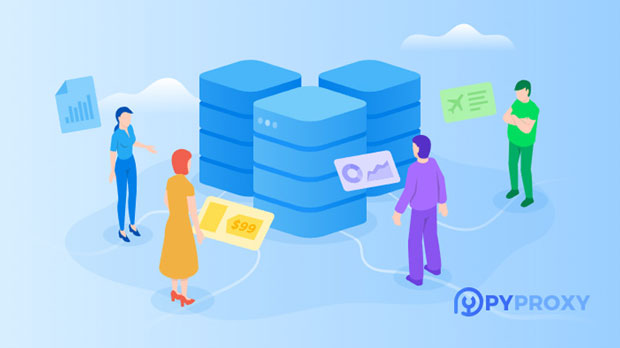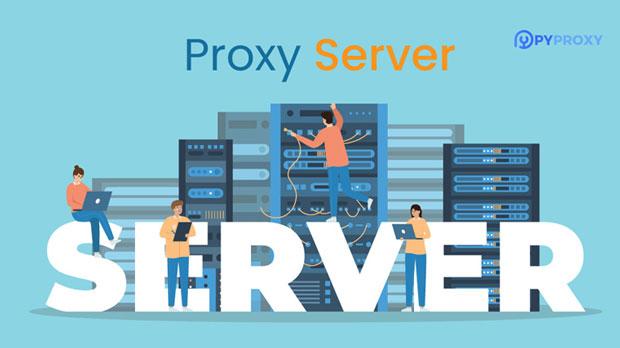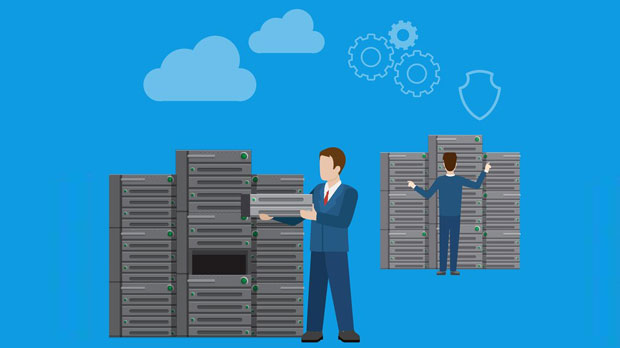In today’s digital world, online anonymity and security have become increasingly important. Many people turn to proxies to help maintain privacy while browsing the internet, bypass geo-restrictions, or access blocked content. Among the various types of proxies available, two common options are mobile proxies and free web proxies. But the question arises: is a mobile proxy faster than a free web proxy? This article will explore the performance differences between these two proxy types, taking into account factors such as speed, reliability, and security. What is a Mobile Proxy?A mobile proxy uses mobile devices, such as smartphones or tablets, as a gateway to access the internet. These proxies work by routing internet traffic through mobile networks (e.g., 3G, 4G, or even 5G). They are often provided by mobile network carriers and can simulate mobile browsing behavior by using real phone numbers and IP addresses associated with mobile networks. The use of mobile proxies is growing due to their ability to bypass restrictions and access content more freely compared to traditional proxies.What is a Free Web Proxy?A free web proxy is an intermediary server that routes your internet traffic through its own network, typically to hide your original IP address or access restricted websites. These services are often offered at no cost, and users can configure them through a simple web interface. However, free web proxies often come with limitations, such as slower speeds, fewer server options, and potential security risks, making them less reliable compared to paid options.Performance Comparison: SpeedOne of the most important factors when choosing a proxy is speed. Speed affects your overall browsing experience, particularly when it comes to activities such as streaming, downloading files, or browsing websites with rich media content.Mobile Proxies: Mobile proxies typically provide faster speeds than free web proxies. This is primarily because they rely on cellular networks, which tend to have higher bandwidth and more stable connections than the public internet networks that free web proxies rely on. Mobile proxies also offer better geographical distribution, as they can simulate real-world mobile network behavior, providing access from virtually any location with a mobile network. This ability allows for quicker access to geo-restricted content or websites with heavy traffic.Free Web Proxies: Free web proxies are usually slower than mobile proxies for several reasons. First, they operate on shared networks, meaning multiple users share the same bandwidth. As a result, the connection can become congested, leading to slower speeds. Furthermore, free web proxies typically rely on limited infrastructure and are often located in a few regions, which can add latency and reduce speed, especially for users who are far from these server locations.Reliability: Mobile Proxy vs. Free Web ProxyReliability is another crucial aspect when it comes to choosing the right proxy. A reliable proxy ensures that your internet connection remains stable and consistent over time.Mobile Proxies: Mobile proxies are generally more reliable than free web proxies. This is because mobile networks are designed to handle large amounts of data traffic, and mobile proxies are often part of a well-maintained network infrastructure. Mobile proxies also tend to have higher uptime, as mobile network providers invest heavily in network reliability and maintenance. Additionally, mobile proxies are less likely to be blocked by websites since they mimic real user behavior, making them harder to detect and blacklist.Free Web Proxies: Free web proxies, on the other hand, are notorious for their lack of reliability. Many of these proxies are poorly maintained, and their servers may experience frequent downtime or become overwhelmed by the number of users. Since they are often used for free, web proxies are more likely to be detected and blocked by websites, especially if the proxy service has a limited number of IP addresses available for users. This makes them less reliable for consistent browsing.Security: Privacy and ProtectionIn terms of security, proxies act as a layer of protection between the user and the websites they visit. However, not all proxies are created equal in terms of the level of security they provide.Mobile Proxies: Mobile proxies offer a higher level of security compared to free web proxies. Since they operate on mobile networks, they benefit from the advanced encryption protocols that mobile carriers use to protect data. Additionally, mobile proxies are less likely to expose the user’s IP address to hackers or malicious websites, as they use rotating IP addresses and dynamic mobile IPs. These features make mobile proxies more secure, especially for users who prioritize privacy and data protection.Free Web Proxies: Free web proxies are generally less secure than mobile proxies. Many free proxy services do not offer strong encryption, which can leave user data vulnerable to interception by third parties. Moreover, since these proxies often log user activity to provide the service for free, they may compromise user privacy. The lack of anonymity in free web proxies also exposes users to potential security risks, such as data theft or malware infections.Cost Considerations: Value for MoneyWhen considering proxies, cost is a significant factor. While many people are drawn to free web proxies because of their no-cost nature, it’s important to weigh the value you get in return.Mobile Proxies: Mobile proxies are typically a paid service, but they offer better value for money when considering their speed, reliability, and security. For businesses or individuals who need consistent and fast proxy services for tasks such as web scraping, social media management, or geo-targeting, the investment in a mobile proxy is worth it. Furthermore, the price of mobile proxies is often reasonable given the high level of service and security they provide.Free Web Proxies: Free web proxies may seem appealing due to their zero cost, but they come with significant drawbacks in terms of speed, reliability, and security. While they can be used for basic tasks, they are not suitable for professional or long-term use. The lack of features and frequent downtime make free web proxies a poor investment if you require reliable and secure browsing.Conclusion: Is Mobile Proxy Faster Than Free Web Proxy?In conclusion, mobile proxies are generally faster, more reliable, and more secure than free web proxies. While free web proxies may serve the needs of casual users or those looking for a no-cost option, they are often slower, less reliable, and less secure than mobile proxies. For individuals or businesses who prioritize performance, security, and a consistent browsing experience, mobile proxies offer a significant advantage.Ultimately, the decision to use a mobile proxy or a free web proxy depends on your needs and budget. If you need high-speed internet access, increased security, and reliable performance, a mobile proxy is a better choice. However, if you only require occasional proxy use for light browsing, a free web proxy may suffice.
May 27, 2025



































































